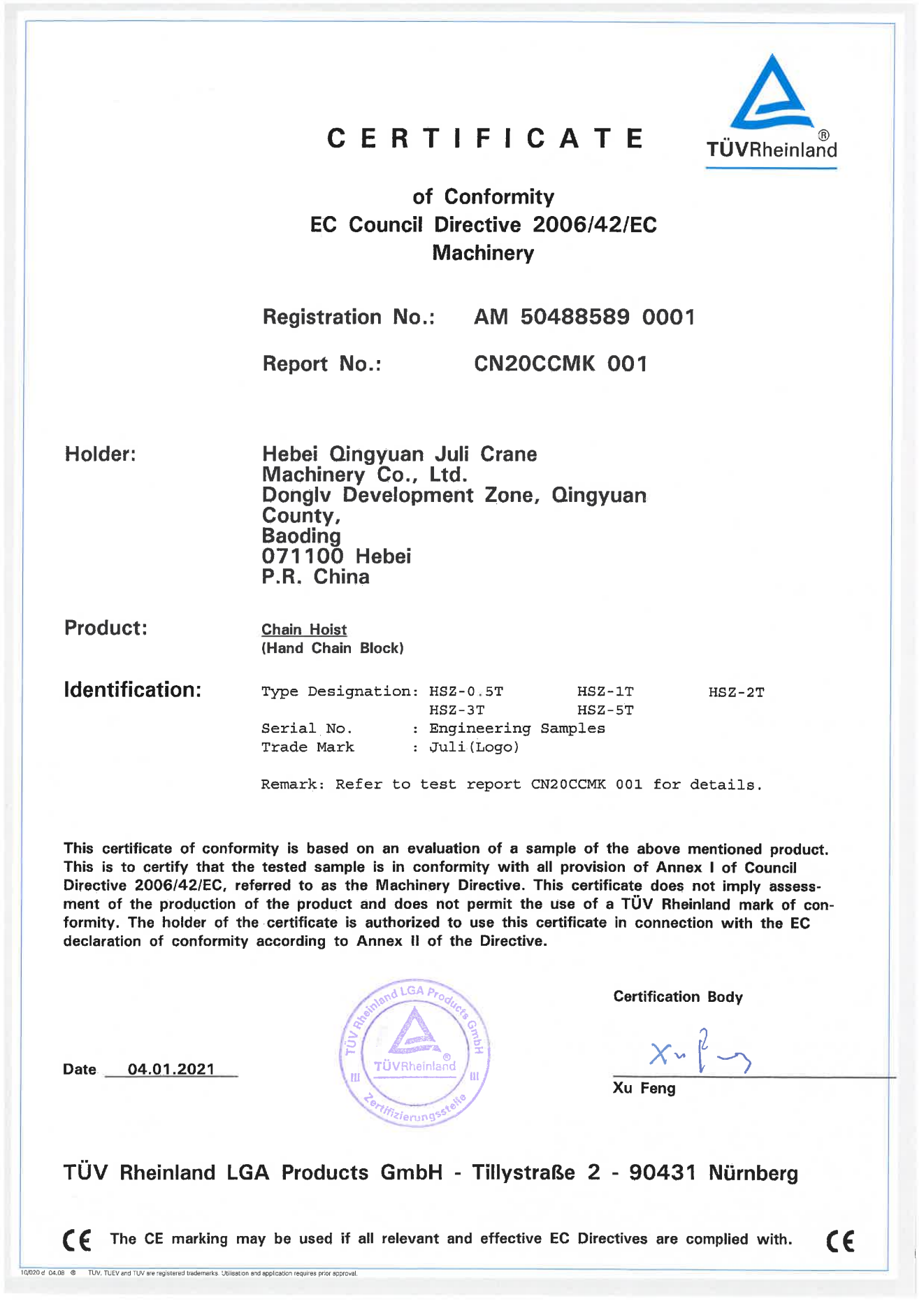


Industrial Fall Protection Ensuring Safety in the Workplace
In industrial settings, the importance of fall protection cannot be overstated. Falls are one of the leading causes of workplace injuries and fatalities, particularly in environments where employees work at heights. The Occupational Safety and Health Administration (OSHA) reports that slips, trips, and falls account for a significant percentage of all workplace injuries, making effective fall protection systems paramount to ensuring worker safety.
Understanding the Risks
The industrial landscape often involves elevated work tasks, whether it be maintenance on rooftops, construction on scaffolds, or operations on machinery. These activities inherently come with risks. Factors contributing to falls include unprotected edges, improper use of ladders, slippery surfaces, and even worker fatigue. It is essential for employers to identify these potential hazards and implement safety measures accordingly.
Fall Protection Standards and Regulations
OSHA has set forth stringent regulations to protect workers from falls during elevation work. According to OSHA standards, employers are required to provide fall protection systems at heights of six feet in the construction industry and at heights of four feet in general industry operations. Compliance with these regulations not only safeguards employee health but also shields employers from potential legal actions and penalties associated with workplace accidents.
To enhance workplace safety, several fall protection systems can be employed, each serving different scenarios
1. Guardrails These are barriers erected to prevent workers from falling off the edges of surfaces. Guardrails are particularly effective on scaffolding, roofs, and stairways, where the risk of falling is higher.
2. Safety Nets Often used in construction, safety nets are designed to catch falling workers and materials, minimizing the risk of injury. Proper installation and regular inspections are crucial for ensuring their effectiveness.
3. Personal Fall Arrest Systems (PFAS) A PFAS includes components such as harnesses, lanyards, and anchorage points that work together to secure a worker if a fall occurs. Training employees on the correct use of these systems is vital to ensure they provide maximum protection.
4. Ladder Safety Given that ladders are commonly used in many industrial settings, ensuring they are stable and used correctly is essential. This includes selecting the right type of ladder for the job, inspecting it before use, and ensuring that it is placed on stable ground.

5. Training and Education One of the most effective strategies for preventing falls is to educate employees about the risks and proper safety practices. Regular training sessions that cover the use of fall protection systems, hazard recognition, and emergency response can significantly reduce the likelihood of accidents.
Implementing a Fall Protection Plan
Creating a comprehensive fall protection plan involves several key steps
1. Hazard Assessment Conduct a thorough assessment of the work environment to identify potential fall hazards. This should involve evaluating tasks, equipment, and work conditions.
2. Selecting Appropriate Equipment Based on the identified hazards, choose the most suitable fall protection systems and equipment integral to the specific tasks being performed.
3. Training Employees Ensure that all employees are trained on fall protection measures, including the importance of using the equipment properly and reporting any unsafe conditions.
4. Regular Inspections Establish a routine schedule for inspecting all fall protection equipment and systems to ensure they are functioning as intended. This also includes regular evaluations of the work environment.
5. Continuous Improvement Continuously review and update the fall protection plan based on evolving workplace conditions, employee feedback, and advances in safety technology.
Conclusion
The significance of effective fall protection in industrial settings cannot be minimized. Employers hold the responsibility to safeguard their employees from fall-related injuries, which not only protects their workforce but also contributes to a more productive and efficient working environment. By adhering to safety regulations, investing in appropriate equipment, providing training, and fostering a culture of safety, businesses can effectively minimize fall risks and ensure that their workplaces are safe for all employees. In the end, prioritizing fall protection is a commitment to the health and well-being of the workforce and the overall success of the organization.



